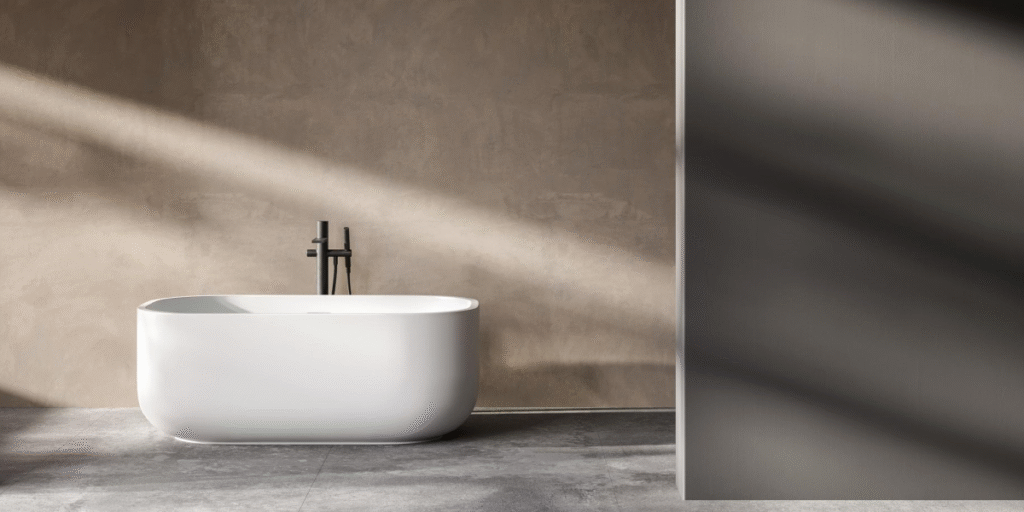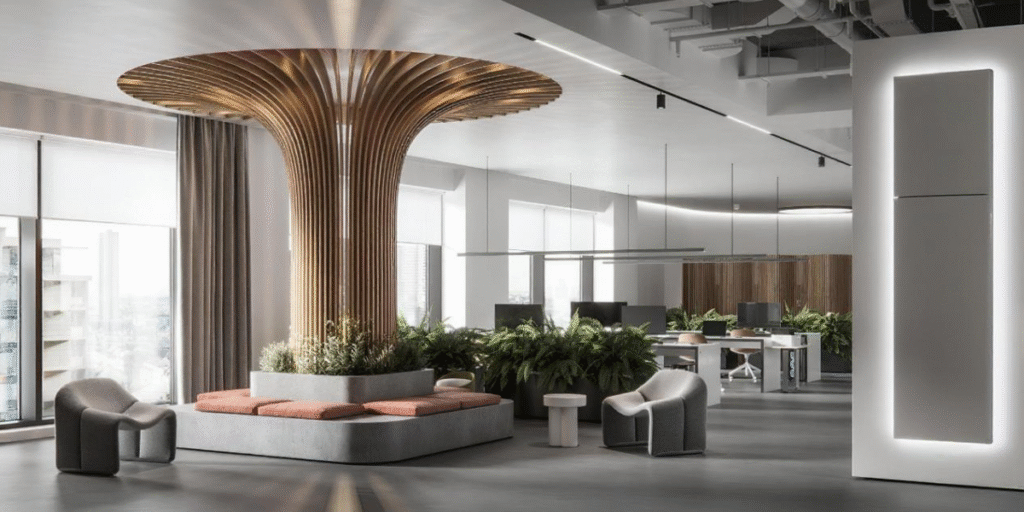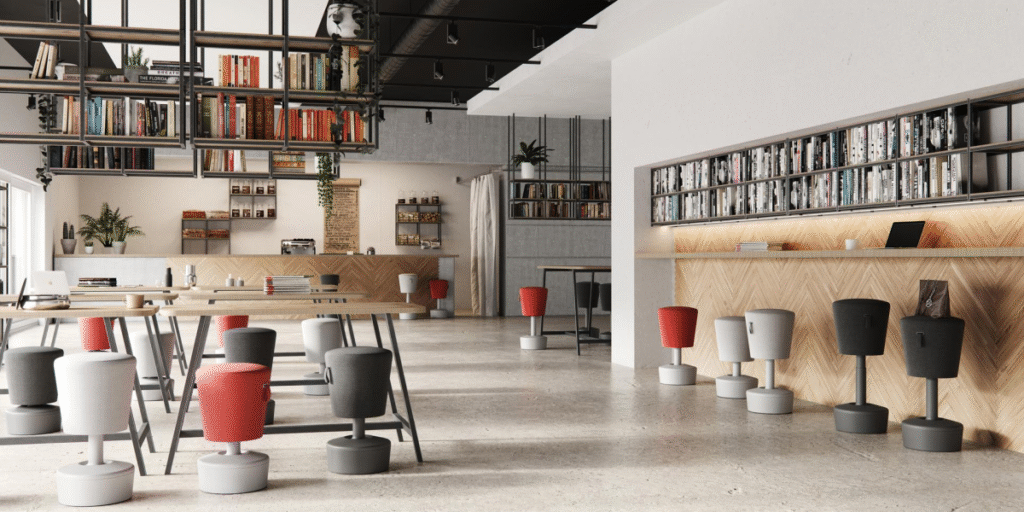For any new project beginning, the blank page can be the hardest part. Every great design begins with inspiration. The world of art is a treasure trove of ideas, and the movements that define them are more than just a specific look, they are a reflection of society's values, priorities, and ambitions. By understanding the philosophies behind these movements, their timeless wisdom can be applied to modern work. Five such philosophies can provide guidance for the Domovago project.

1 Bauhaus
More than a style, Bauhaus was a revolutionary idea. Founded by Walter Gropius in Germany in 1919, its goal was to unify art, craft, and technology to create visually appealing and functional designs that were accessible to everyone. For Domovago, the movement’s focus on functional forms and accessible materials provides inspiration for creating a practical yet stunning mobile space. To dive deeper, explore the article on Bauhaus: The Lasting Influence.

2 Minimalism
An art movement that teaches us that “less is more.” Emerging in the 1960s as a reaction against ornate and complex design, the movement stripped away unnecessary decoration to reveal an object’s essential form. In a mobile life, every item has a purpose and must be intentionally designed. The philosophy focuses on stripping away clutter and focusing on essentials, creating a calm, functional, and efficient space.

3 Socialist Brutalism
An architectural style defined by its raw, honest use of materials and its bold, functional structures. It emerged in Eastern Europe during the mid-20th century as a way to rapidly construct public buildings and housing, celebrating a nation’s strength and technological prowess. The principle of ruggedness and durability resonates with Domovago’s ethos, celebrating the honest, simple, and tough nature of a build.

4 Biophilic Design
Connecting people with nature is the essence of Biophilic Design.. The concept of biophilia, our innate human connection to the natural world, was popularized by biologist Edward O. Wilson in the 1980s. By incorporating elements like natural light, organic materials, and even plants into mobile homes, a sense of harmony and well-being can be created. The approach is essential for creating a space that feels personal and humane.

5 Participatory Design
A movement all about collaboration. Originating in Scandinavia in the 1970s, it reminds us that the best designs are created with the people who will use them, not just for them. In a community like Domovago, the philosophy means designing together, sharing experiences, and building homes to be truly human-centered, reflecting the collective spirit of the people who live this life.
